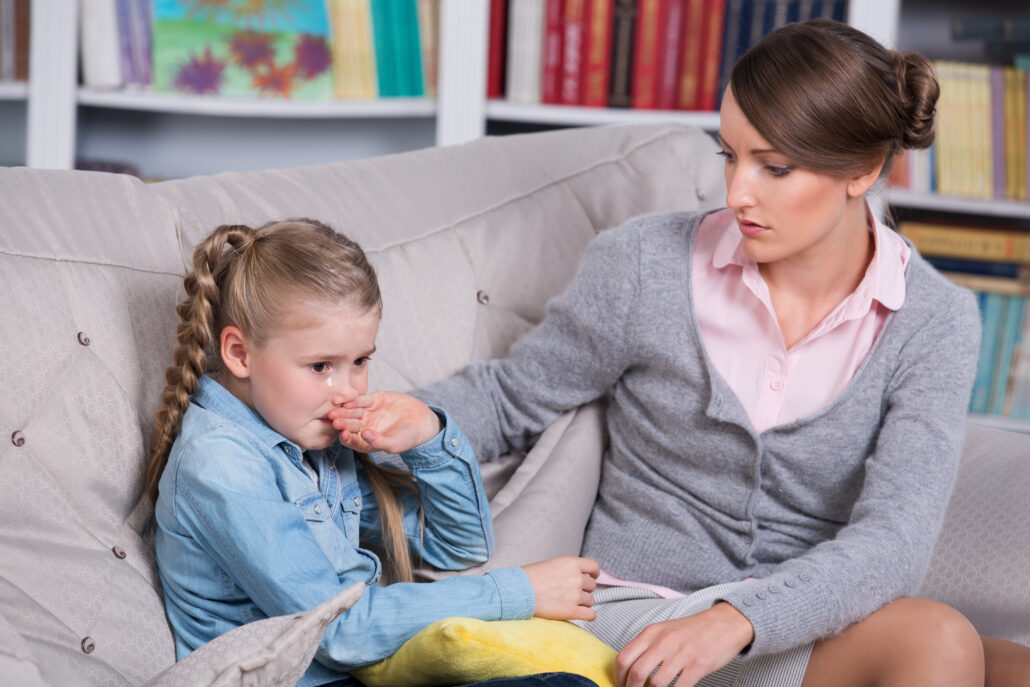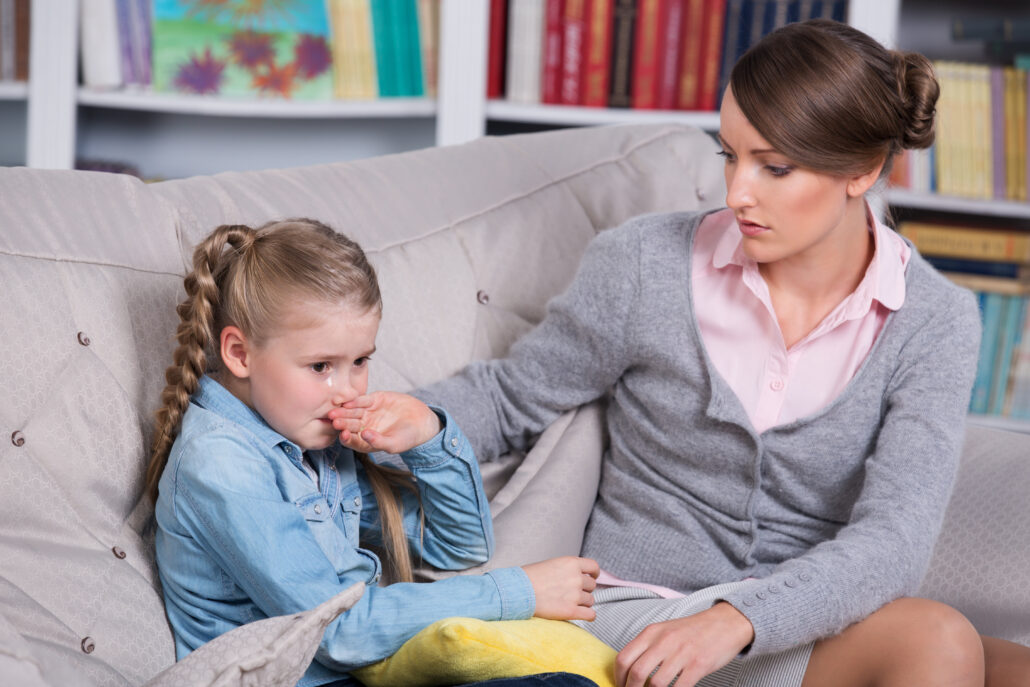Your foster child has entered your home because her parent was unable to care for her. You spend time with her, listen to her, and show her that you care, but she still might require professional help. One approach is trauma-focused cognitive behavioral therapy for children.

Why is therapy trauma-focused?
Your child likely has experienced trauma. These would include events she experienced in her previous home, including neglect, abuse, or witnessing drug abuse. In addition, being removed from her home, despite being necessary, could have caused additional trauma. So don’t be surprised if she is defiant, has trust issues, and throws tantrums. She could be feeling child traumatic stress—strong emotions and physical symptoms that interfere with her ability to function. However, a trained mental health professional can make a difference.
What is cognitive behavioral therapy?
Cognitive behavioral therapy, or CBT, is a type of talk therapy that helps people to identify their unproductive thoughts and behaviors so that they can focus on changing them. Its goal is to improve symptoms rather than to cure a condition, so it is often used in conjunction with other therapies.
How can CBT help?
By participating in this therapy, your child can identify her negative thoughts and replace them with positive, self-affirming ones. And because CBT is oriented toward the present and the future, rather than the past, she learns that she can respond more positively to the next difficult situation she encounters rather than remaining stuck in an old mindset.
CBT can help your child replace negative behavior with these:
- Improved coping mechanisms
- Improved problem-solving strategies
- Better self-control
What is the process for TF-CBT?
TF-CBT is a short-term therapy. The number of sessions, which depends on the child and her goals, can range from six to 25. First, choose a mental health professional with CBT training who specializes in trauma-focused therapy. Then, you, the child, and the therapist would discuss goals and plans for the child’s treatment. During the sessions, the therapist would focus on the specific issues she is having because of her trauma.
Is TB-CBT an effective treatment for trauma?
Studies show the benefits and limitations of TF-CBT. In a 2017 study of 24 youth, receiving TF-CBT allowed all of them to relay a more coherent narrative of their thoughts and feelings than they had prior to receiving therapy. This empowered them to understand what had happened to them. However, only some of them experienced reduction of post-traumatic stress symptoms. As caregiver, you play a key role in the child’s successful treatment, according to a 2019 review of counseling literature. One of the goals of treatment should be to strengthen the bond between you and the child. Therefore, your participation in treatment sessions with the child will boost her chances of a positive outcome.
To learn more about supporting your foster child through mental health challenges, contact us.

